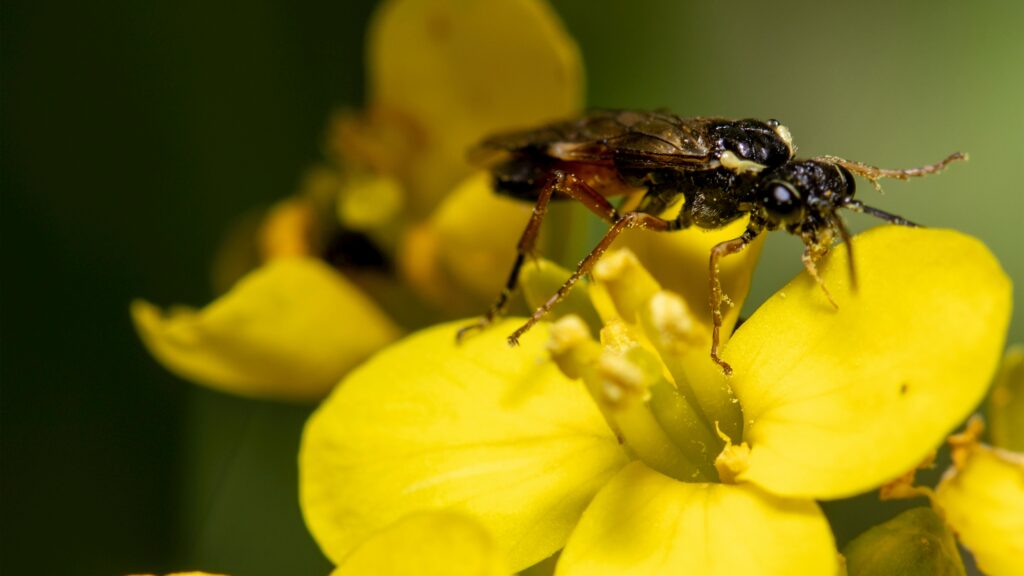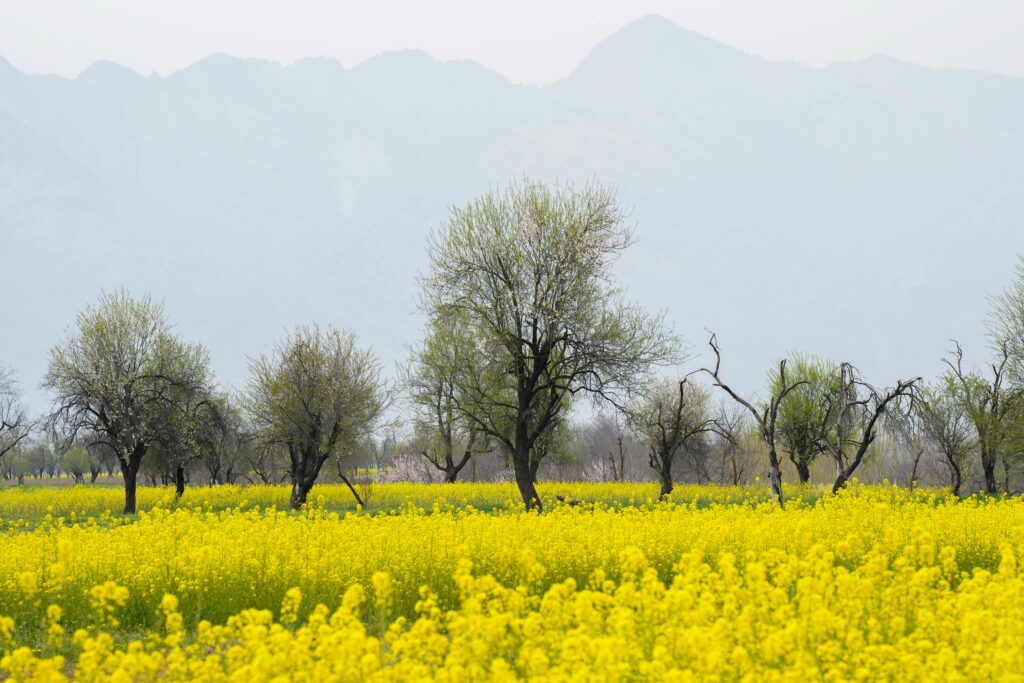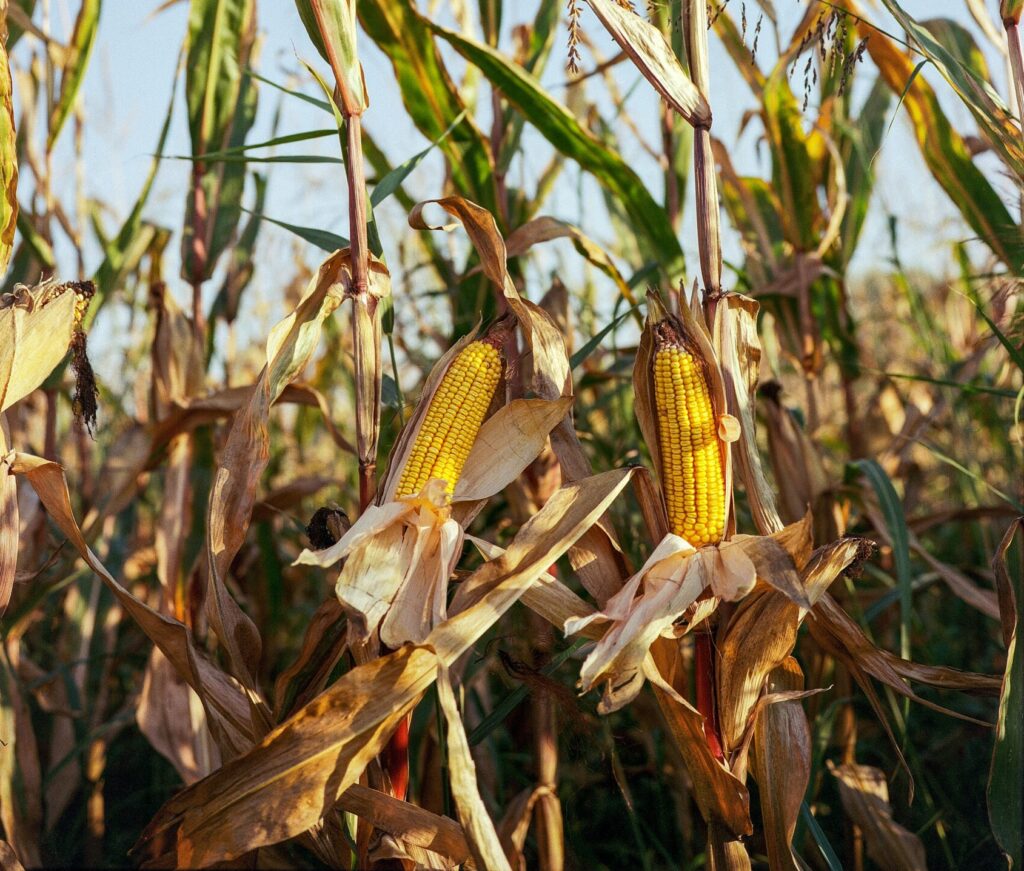Mustard is a versatile crop that can thrive across a variety of growing seasons, particularly in cooler climates. The success of mustard cultivation largely depends on choosing the right time to plant it, as well as ensuring the right environmental conditions. Whether you’re cultivating mustard as a cash crop or using it as a cover crop, understanding its planting seasons and timing is key to maximizing growth and yield.
1. Optimal Planting Seasons for Mustard
- Spring Planting: Spring is one of the most common times for planting mustard, especially in temperate climates. In spring, planting is usually recommended as soon as the soil can be worked—often in late March to early April. This timing provides enough cool days for the mustard plants to grow and establish themselves before the arrival of warmer summer temperatures, which mustard plants may struggle with.
- Fall Planting: Fall planting is particularly advantageous in regions with mild winters or in climates where mustard is intended as a cover crop. For fall, seeds are typically sown from late August to early September. This allows the plants to grow through the cool fall weather and, if temperatures don’t dip below freezing, they may even survive mild winter conditions. However, mustard generally cannot withstand harsh winters, so this strategy is best in moderate climates or when plants can be harvested before the first frost.
- Winter Planting in Mild Climates: In regions with mild winters, mustard can also be planted in late fall or early winter, allowing it to establish in cool weather. When winter temperatures are consistently above freezing, mustard can continue to grow and provide soil cover, suppressing weeds and enhancing soil fertility.
2. Timing for Specific Mustard Varieties
Each type of mustard (white/yellow, brown, and black mustard) has slightly different planting requirements. Here’s how timing might vary:
- Yellow Mustard (Sinapis alba): Yellow mustard is more cold-tolerant, making it a good option for early spring or late fall planting. This variety can germinate in soil as cool as 40°F (4°C), allowing for a longer growing season in cooler climates.
- Brown and Black Mustard (Brassica juncea and Brassica nigra): These varieties are more sensitive to temperature changes and are best planted when there’s no risk of frost, typically late spring to early summer, depending on the region.
3. Temperature and Soil Preparation Considerations
- Temperature: Mustard grows best at temperatures between 65°F and 85°F (18°C to 29°C). It thrives in cool conditions but will bolt and go to seed in extreme heat. Soil temperatures of 45°F (7°C) and above are ideal for seed germination. If planting in early spring, monitoring soil temperature can help determine the optimal planting day.
- Soil Preparation: Before planting, ensure the soil is well-drained and enriched with organic matter. It’s essential to till the soil to a fine consistency, as mustard seeds are small and need a smooth seedbed to promote even germination. Applying a balanced fertilizer or compost can also support the growth of mustard plants through the growing season.
4. Planting as a Cover Crop
Mustard is frequently used as a cover crop due to its fast growth and biofumigant properties. When planted as a cover crop:
- Timing: Plant mustard in the fall, about 4 to 6 weeks before the first expected frost, to allow the plants to establish. As a cover crop, mustard should ideally be tilled into the soil before the flowering stage to maximize its biofumigation benefits.
- Benefits: Mustard cover crops help suppress soil-borne pathogens and pests, recycle nutrients, and prevent soil erosion. If planted in the fall, mustard’s green manure can provide soil benefits throughout the winter, readying the ground for spring crops.
5. Harvest Timing
Mustard is typically harvested in late spring or early summer for spring-planted crops and late fall for fall-planted ones. Timing the harvest is crucial as mustard seeds mature quickly, and any delay can lead to seed shattering. For culinary uses, the leaves can be harvested as early as four weeks after planting.
- Spring Planting: Early spring (March-April) when the soil can be worked.
- Fall Planting: Late August to early September for cool fall growth.
- Mild Winter Planting: In regions with warm winters, plant in late fall or early winter.
- Cover Crop: Plant in the fall, about 4-6 weeks before frost, and incorporate into soil before flowering.
By following these timing guidelines, farmers and gardeners can make the most of mustard’s growing season, whether for seed production, green manure, or cover cropping. Proper timing allows for a robust harvest while also taking advantage of mustard’s many agricultural benefits.
4o
















